Second Drive: 2021 Aston Martin DBX
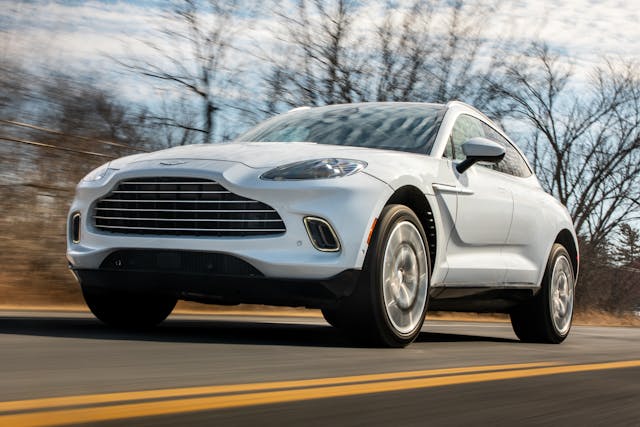
The 2021 Aston Martin DBX is not a very good car. Does it matter?
Don’t take the above as snark or callousness. No Aston in postwar history has ever been a particularly good car. Prior to the Ford acquisition, in the eras of David Brown, Victor Gauntlett, and others, the cars were simultaneous lash-ups of shelf-stock British components and wildly outrageous engineering attempts, alt-universe Mustangs that combined an often brutal street presence with a perpetual homesickness for the service garage. The “revival” Aston, the DB7, was basically a Jaguar XJ-S with two Ford Taurus engines welded together; the lovely Vanquish was hobbled by a Rube Goldberg single-clutch auto-manual, the Vantage was uncomfortably similar to a Jaguar and not that much faster than a base 911.
You get the idea. But this fundamental lack of goodness has never been a barrier to selling Aston Martins, because nobody with any kind of nontrivial disposable income expects their sports cars to be any good. The bar for sports-car reliability and functionality has historically been so low that Porsche managed to build and maintain a reputation for making “good sports cars” all the way through the magnesium 911 engine failures, the 911 SC chain tensioners, the 964 flywheels, the 993 valve guides, the 986 IMS, the 996 RMS, and so on. As tricky as Astons have often been, one must recall that they were often sold heads-up against cars like the Ferrari Testarossa or the Nineties-era Bentley Continental R. You don’t buy an Aston because you think it will beat a 1995 Camry for reliability. You buy it because you enjoy the way it looks, sounds, or drives. Judged on these qualities, Astons have often been very satisfactory and occasionally extraordinary; step forward, Vantage V600, and be knighted for service to the British Empire.
Ah, but the DBX is no kind of sports car. It’s a lifted station wagon, same as the Porsche Cayenne and the Audi RS Q8 and the AMG GLE 63 and the Honda CR-V and the Subaru Outback. This is a segment of vehicles where reliability, everyday usability, and fitness for purpose are non-optional. Admittedly, this is less true in Dubai, Moscow, and other places where the DBX will succeed simply by virtue of looking kinda-sorta like a real Aston Martin GT car while also being vaguely compatible with desert conditions and/or bad roads—but American customers will expect more. If you want proof of that, look at the second-generation “P38” Range Rover, which almost killed Land Rover’s brand in the United States by virtue of being more reliable than the average sports car but less reliable than, say, a Cutlass Ciera.
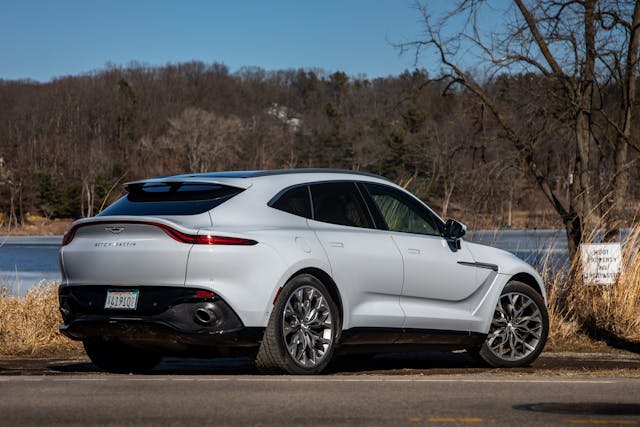
First impressions, unfortunately, are that the DBX has a lot of P38 Rover in it. The paint is gorgeous and utterly beyond reproach, but from the moment one engages the flimsy doorhandles to open and shut the ill-fitting doors, it’s obvious that this is no Lexus LX570. The styling may have appeal to some but it has a decided effect on the amount of passenger and cargo space available. Which is fine; if you want a Suburban with nice leather, you can buy an Escalade.

Less fine: the center infotainment stack, which relies on a lot of colored plastic behind transparent plastic for an effect that is probably meant to recall the interior of the first Vanquish in but practice just looks cheap. Not only does Audi do this sort of thing a lot better, even Aston’s new partners at Mercedes-Benz have a steadier grasp on luxury-car interiors, at a far lower price.
Nearly everyone with whom we shared the DBX commented on the uneven stitching and ruching of the leather interior parts, but that’s probably a feature, not a bug. Like the infamous olive-oil stains on a proper Borelli shirt, the defects indicate true handwork. And the seats are very close to brilliant, both in appearance and fit. The DBX can’t match a modern Bentley for interior quality, but with a base price of $176,900 perhaps it doesn’t have to.
If only the DBX could match a Bentley, or even a C-Class, for quality of infotainment. This is probably the worst unit we’ve used in years, often taking a few minutes to boot all the way up to the point where it can recognize a phone or continue a navigation path. It responds to commands so slowly that one wonders if it’s broken—but it’s not broken, just diffident as to the performance of its tasks. Nor is the sound quality particularly good, which is depressing since Aston Martin’s partnership with Linn two decades or so was utterly groundbreaking in its effect on high-end automotive audio.
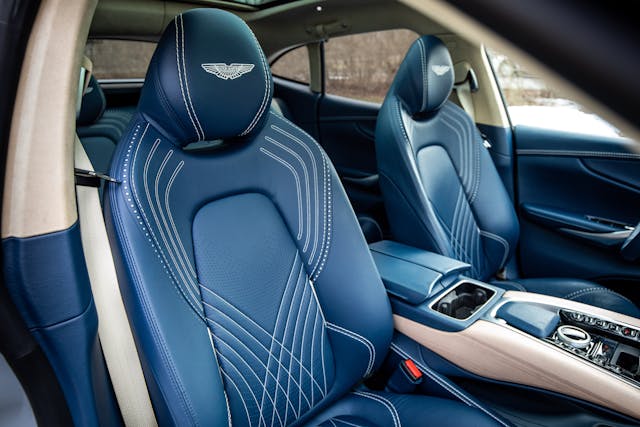
On the move, the DBX is charmingly quick and alert, courtesy of the luxury-ubiquitous AMG four-liter twin-turbo V-8 bearing a “Built In Wales” plaque and connected to a nine-speed Benz automatic. It makes 542 horsepower and 516 lb-ft of torque, enough to let this big wagon run low-twelve-second quarter miles. Of course, this party trick of “tall truck-ish thing that goes pretty fast in a straight line and turns/stops acceptably enough” can be had much cheaper from Audi, Alfa Romeo, and others. In practice, the steering feels disconnected and you’re a long way from the ground, so you’re not going to run this through any canyons for fun.
It should be mentioned that the Aston’s comprehensive suite of active safety equipment would occasionally panic-brake the DBX on major expansion joints or other Michigan-esque road faults. Let’s hope this is an early calibration issue that doesn’t make it to volume production, because it’s a bit terrifying.

Not particularly quiet on the move—those slightly ragged trim gaps contribute a bit to wind noise, one suspects—the Aston is nevertheless a relaxing way to travel at speed. It would be nice to have sightly larger side mirrors and a bit more visibility to the rear, but any concerns about traffic in the blind spot can be easily addressed with the accelerator. On side roads, even small potholes and the like can trigger some worrisome-sounding noises in the unibody.
After a long day with the DBX, we were just about ready to dismiss it completely. It’s the least interesting Aston Martin we have ever experienced; any $50,000 used Vantage V8 would be a lot more fun in all situations that don’t involve towing (which the DBX can reportedly do in reasonable fashion) and an early-Seventies DBS would have that authentic On Her Majesty’s Secret Service vibe. The DBX, like the Lamborghini Urus, is best understood as a tribute vehicle, kind of a cover band if you will. It’s how you communicate that you would totally drive a sports car like a DB9 or Huracan if only your spouse would permit that sort of thing. There is no conceivable situation where one would take the DBX over, say, a short-wheelbase Escalade on the plain merits. Even within the more-than-faintly ridiculous segment of six-figure station wagons, the Audi RS Q8 is better at everything but Englishness, while the Rolls-Royce Cullinan is better at everything, period, and feels hugely more desirable (at, admittedly, twice the cost).
Ah, but then it was time for dinner at Morton’s Steakhouse outside Detroit. As we noodled our way through the parking lot, a Porsche Cayenne Turbo GTS3RS Blackest Track Edition or something like that was coming the other way. You could tell that this fellow had the world on a string—right up to the moment that he saw the DBX. At that moment, he was merely driving a hopped-up version of a car that starts at $67,500, while we were… in an Aston Martin. He moved over, let us by, and pretended to be very interested in something else entirely. The prospect of a moment like that will drive a lot of DBX purchases, as will the company’s “Q Customization” program and the lovely quality of paint and leather available.
For the $210,986 price of our test vehicle, we would be very tempted to buy a new Aston Vantage in modest specification and something like a Lincoln Corsair. The Vantage is a better Aston, the Corsair is a better wagon. But if you have just one parking space underneath your Malibu condo, then the DBX will no doubt suit your purposes.
2021 Aston Martin DBX
Price: $210,986 (as tested)
Highs: Fast, composed, recognizably an Aston Martin.
Lows: Subpar electronics, indifferent quality, recognizably not an Aston Martin GT car.
Summary: There are a lot of $200,000 trucks out there; this is the only one with a connection, however tenuous, to Goldfinger.

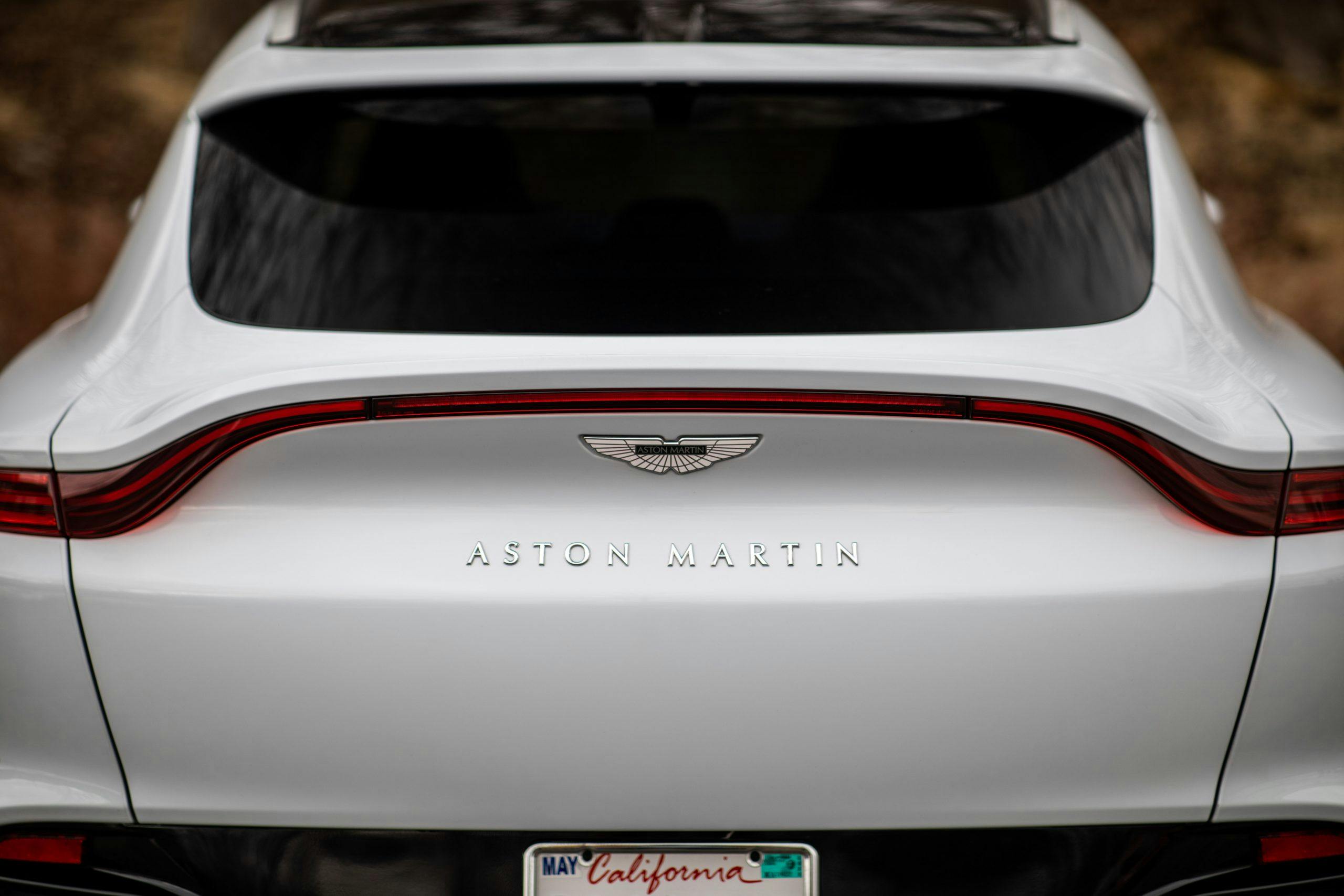
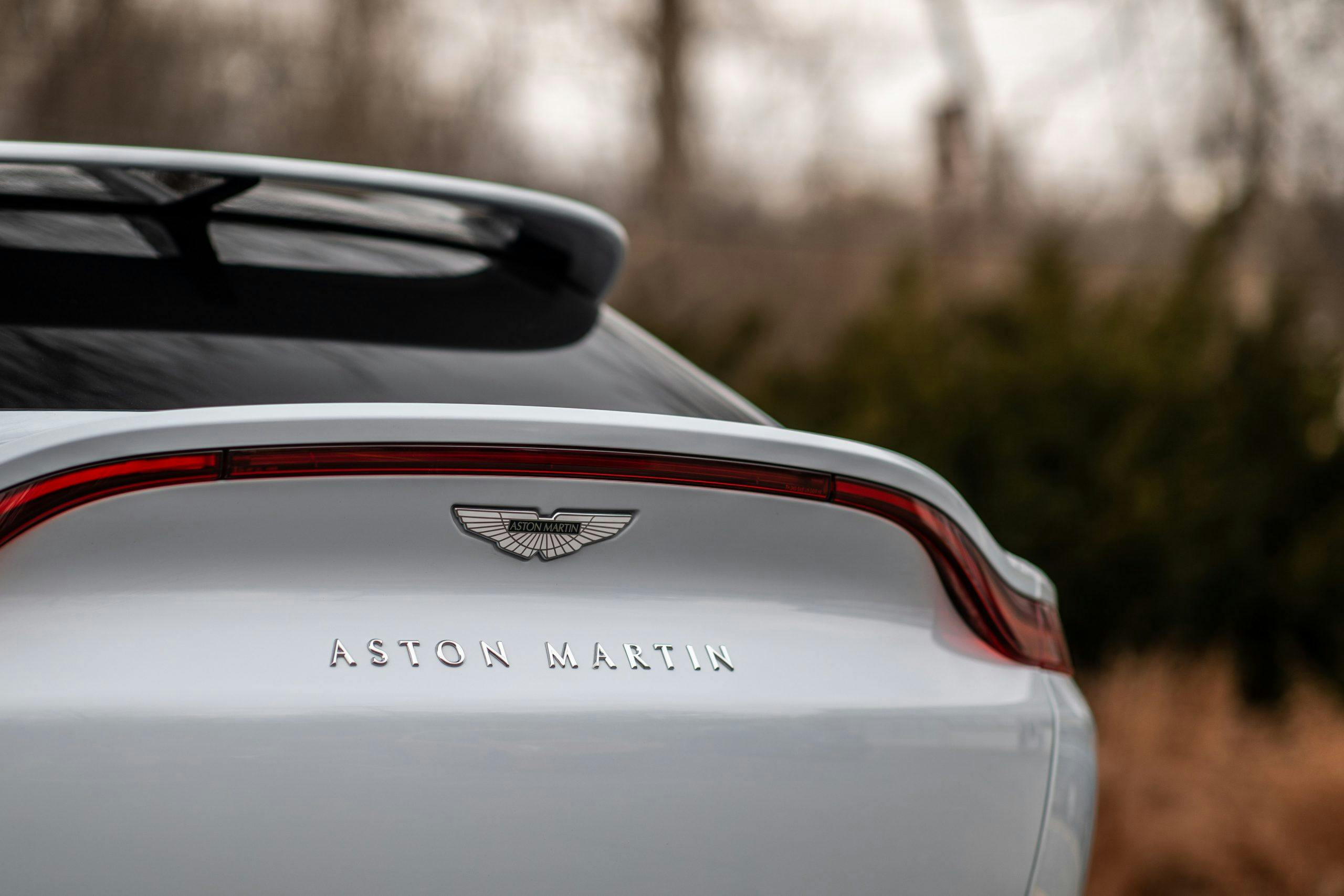
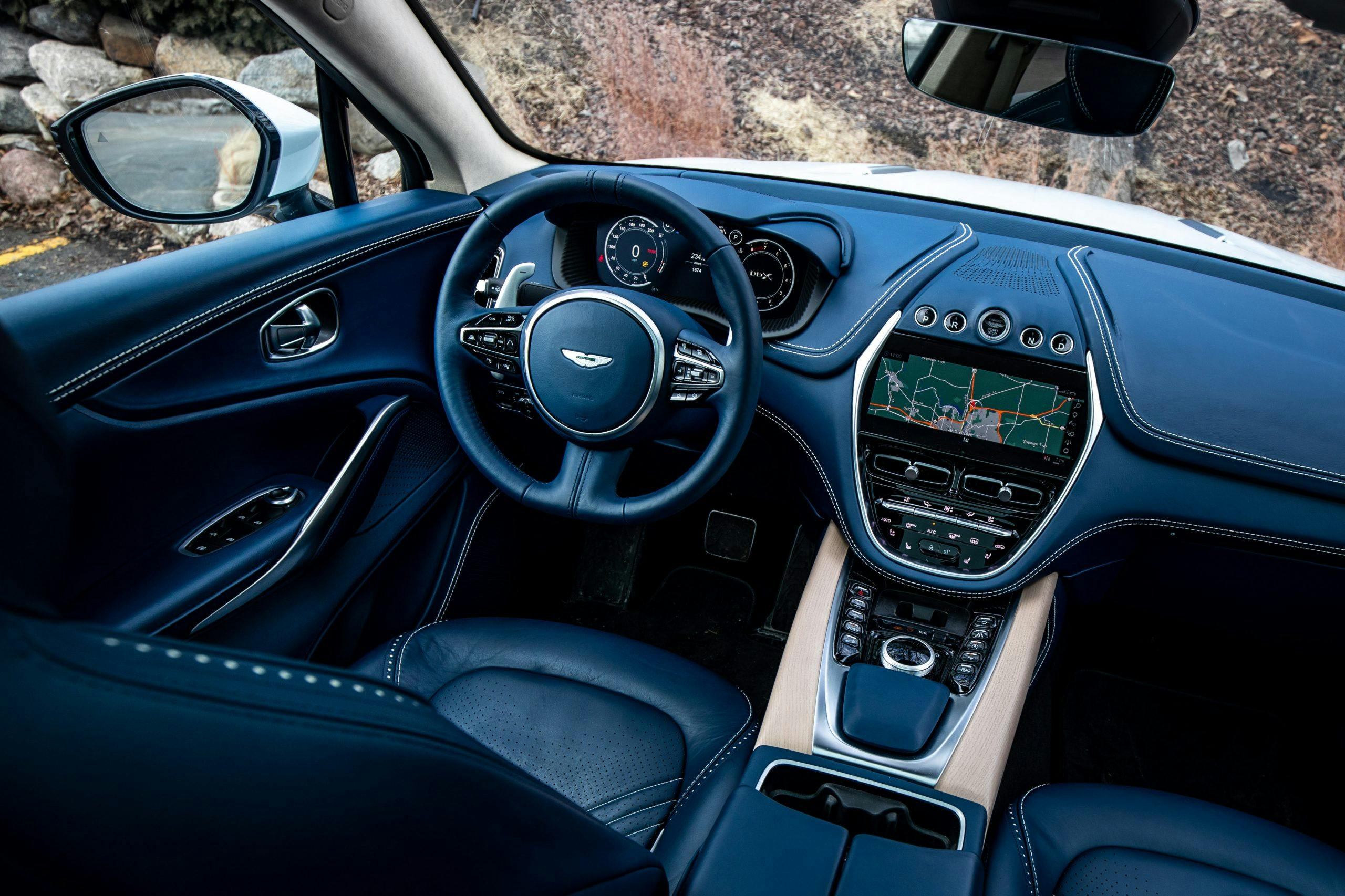
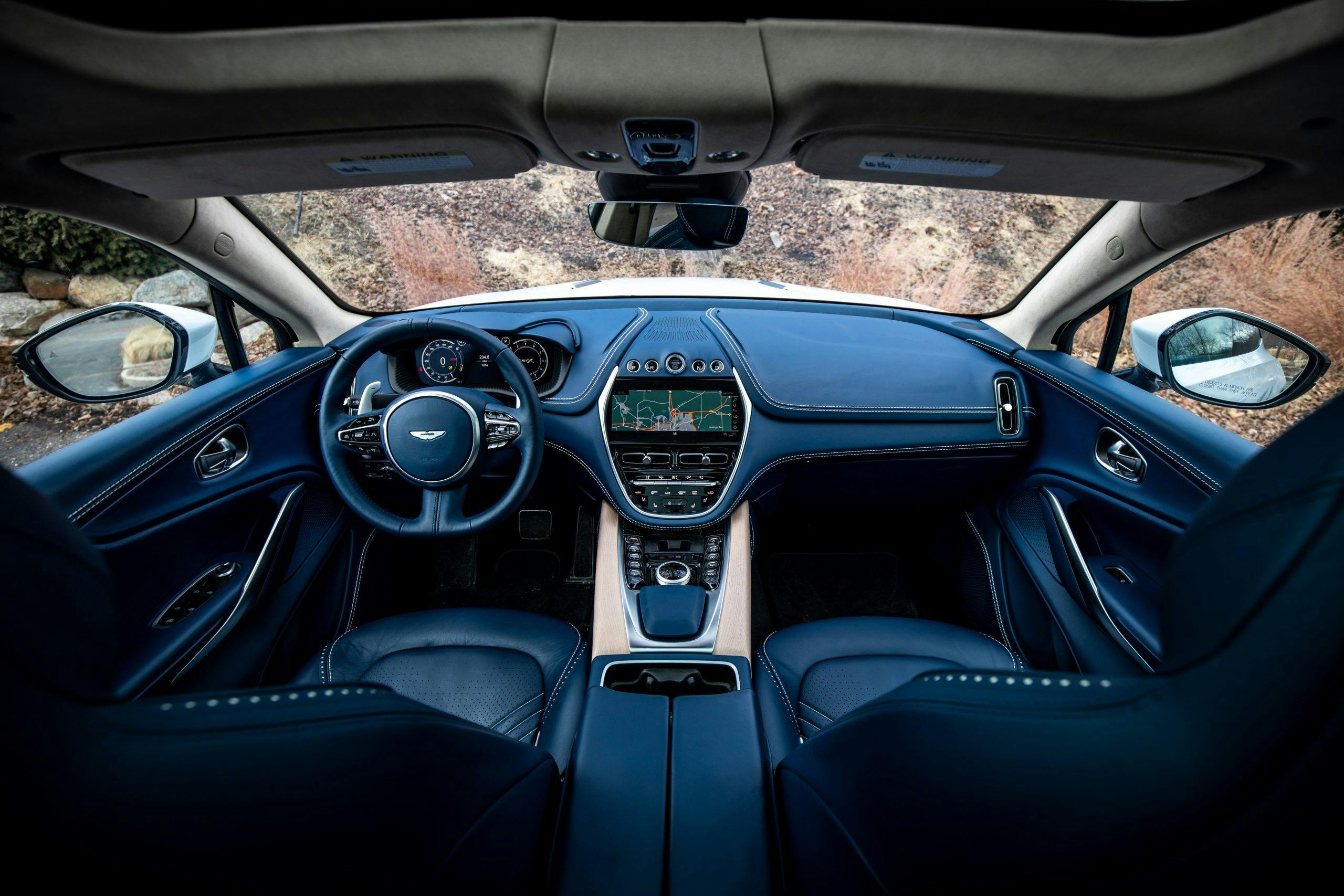
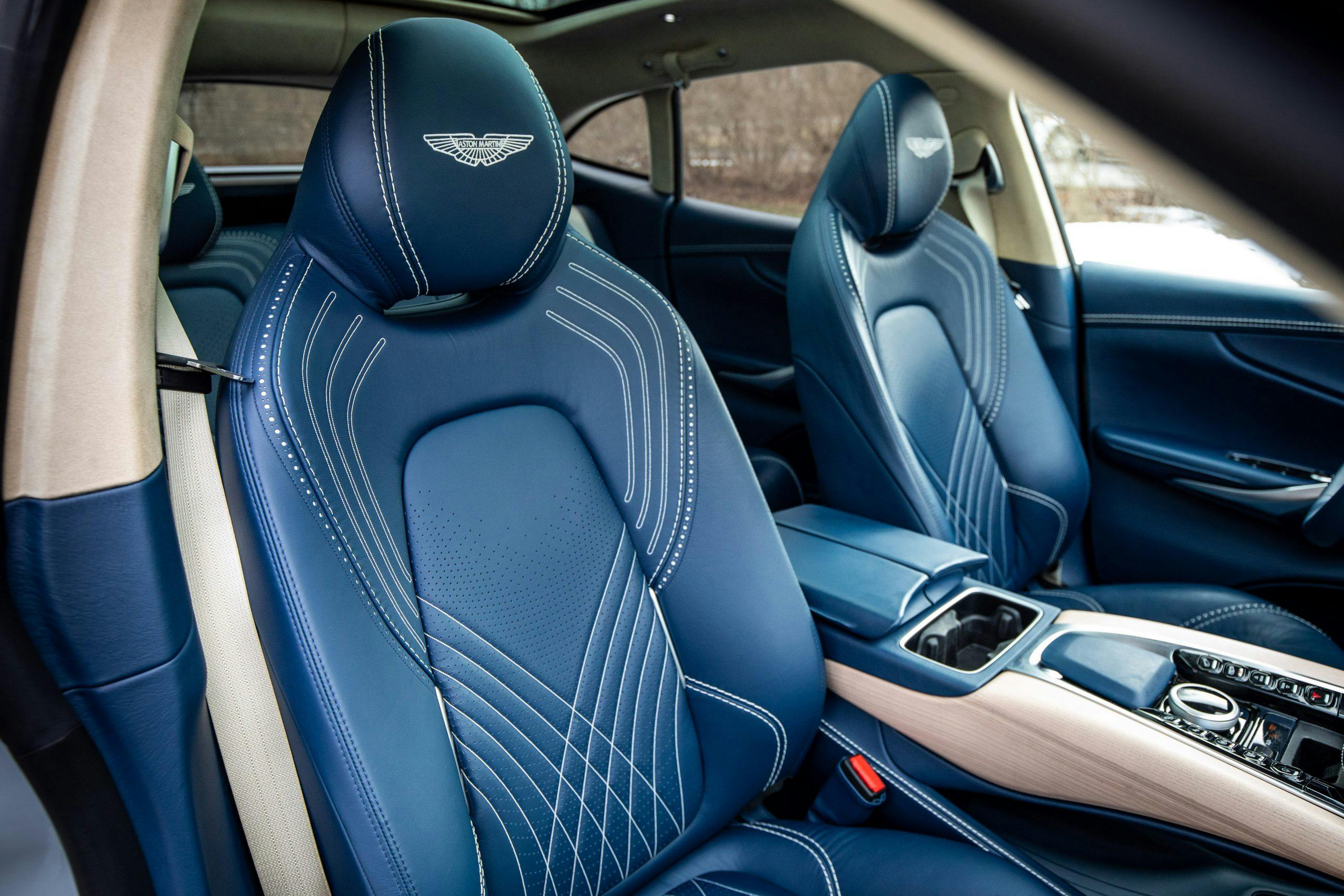
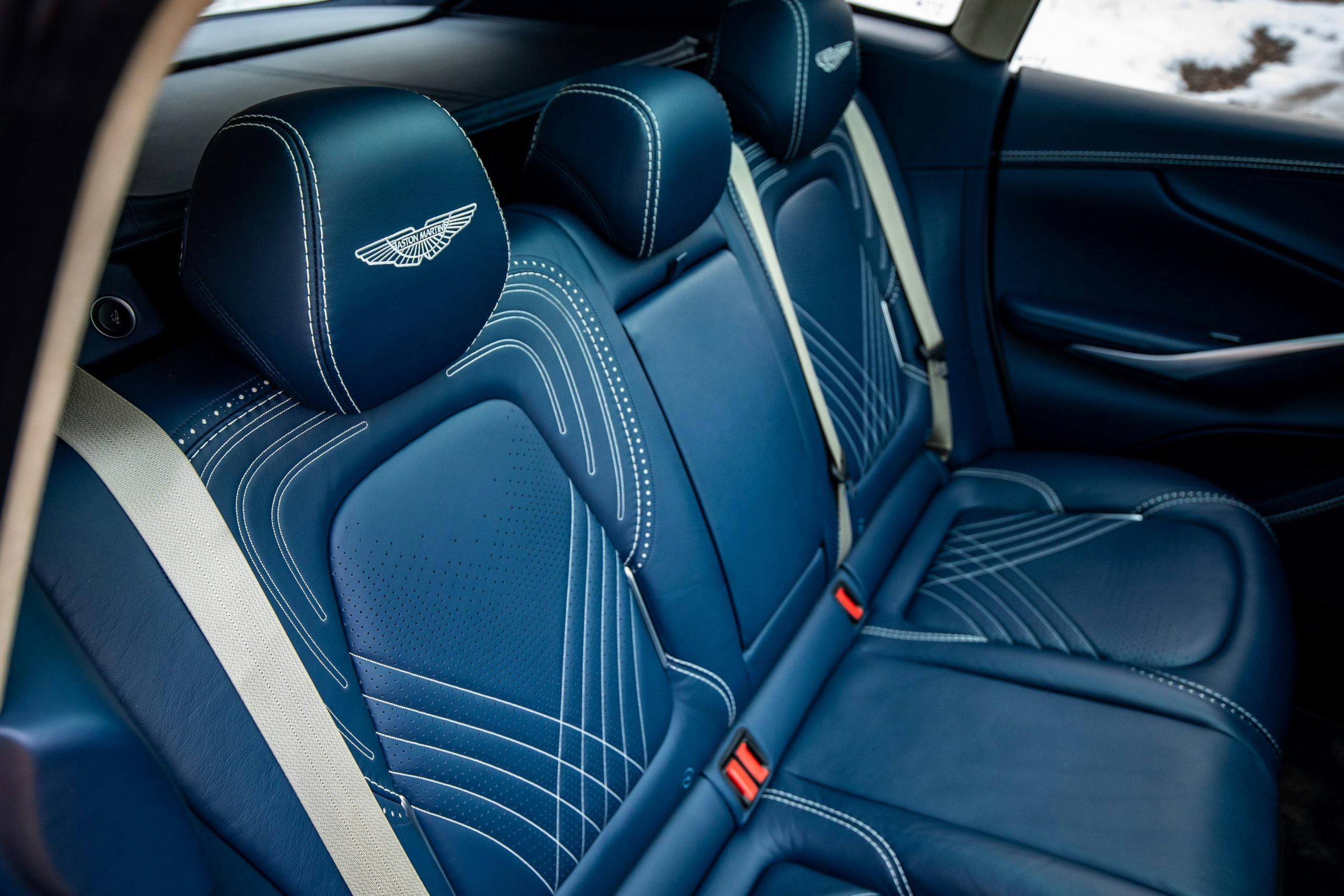
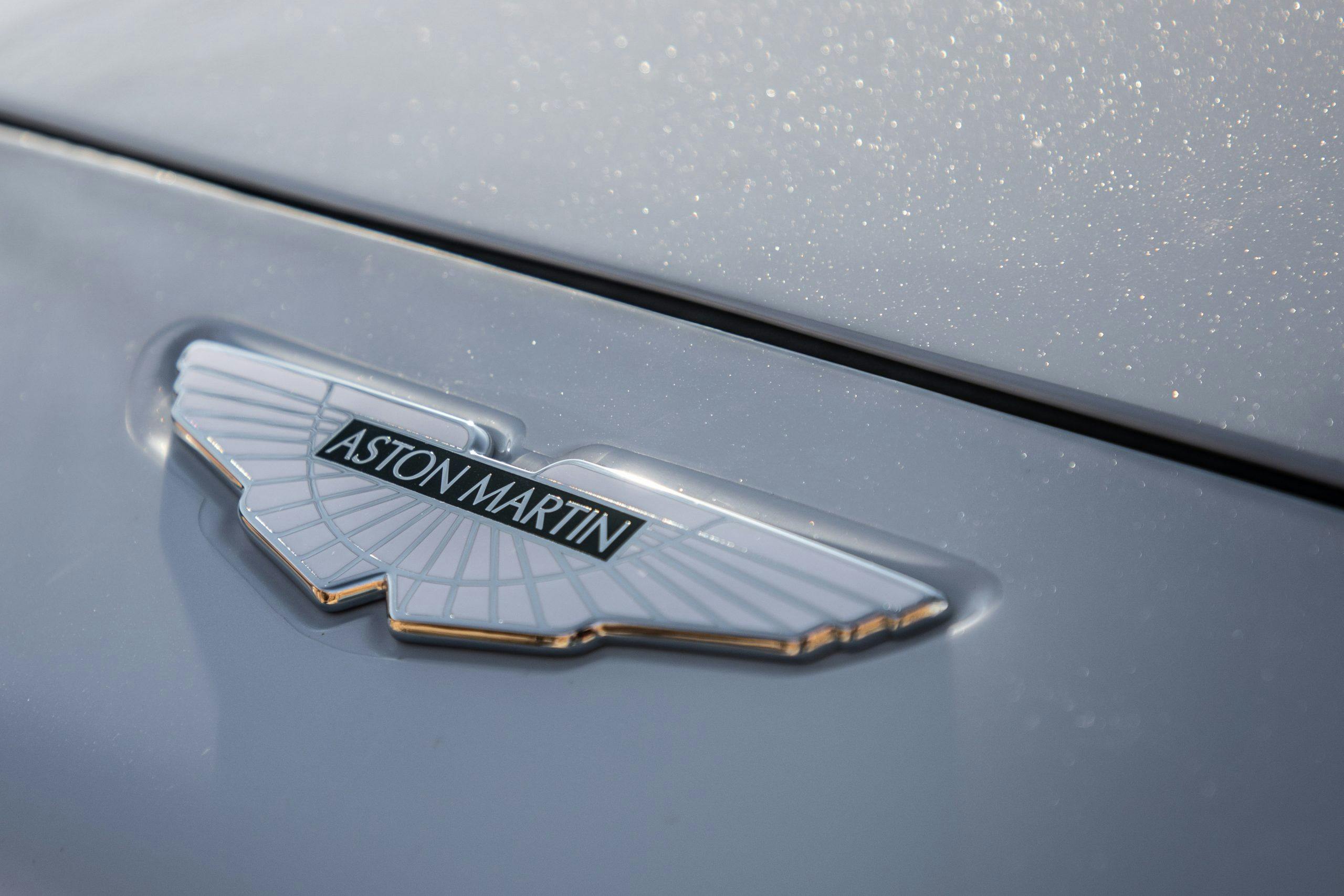
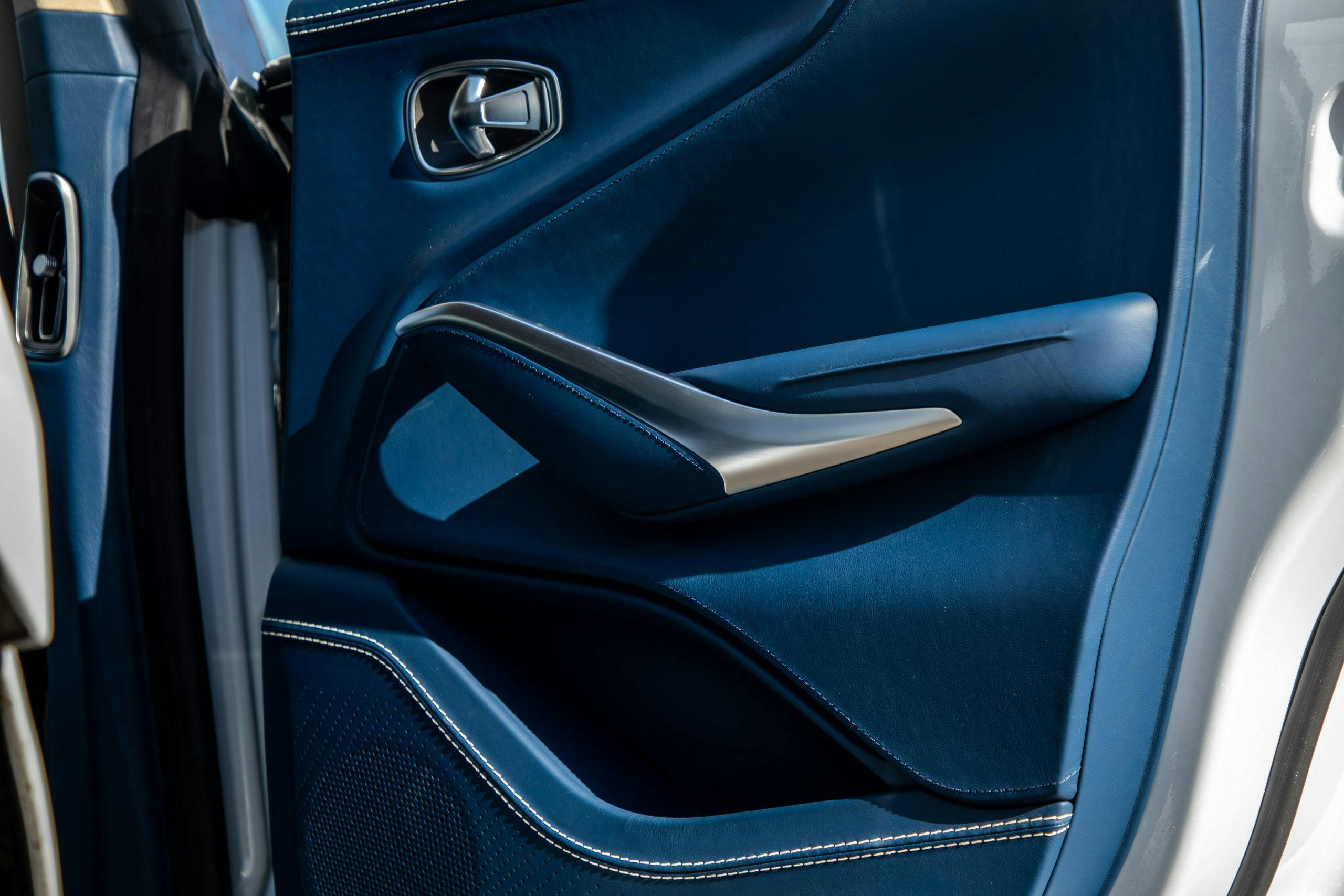
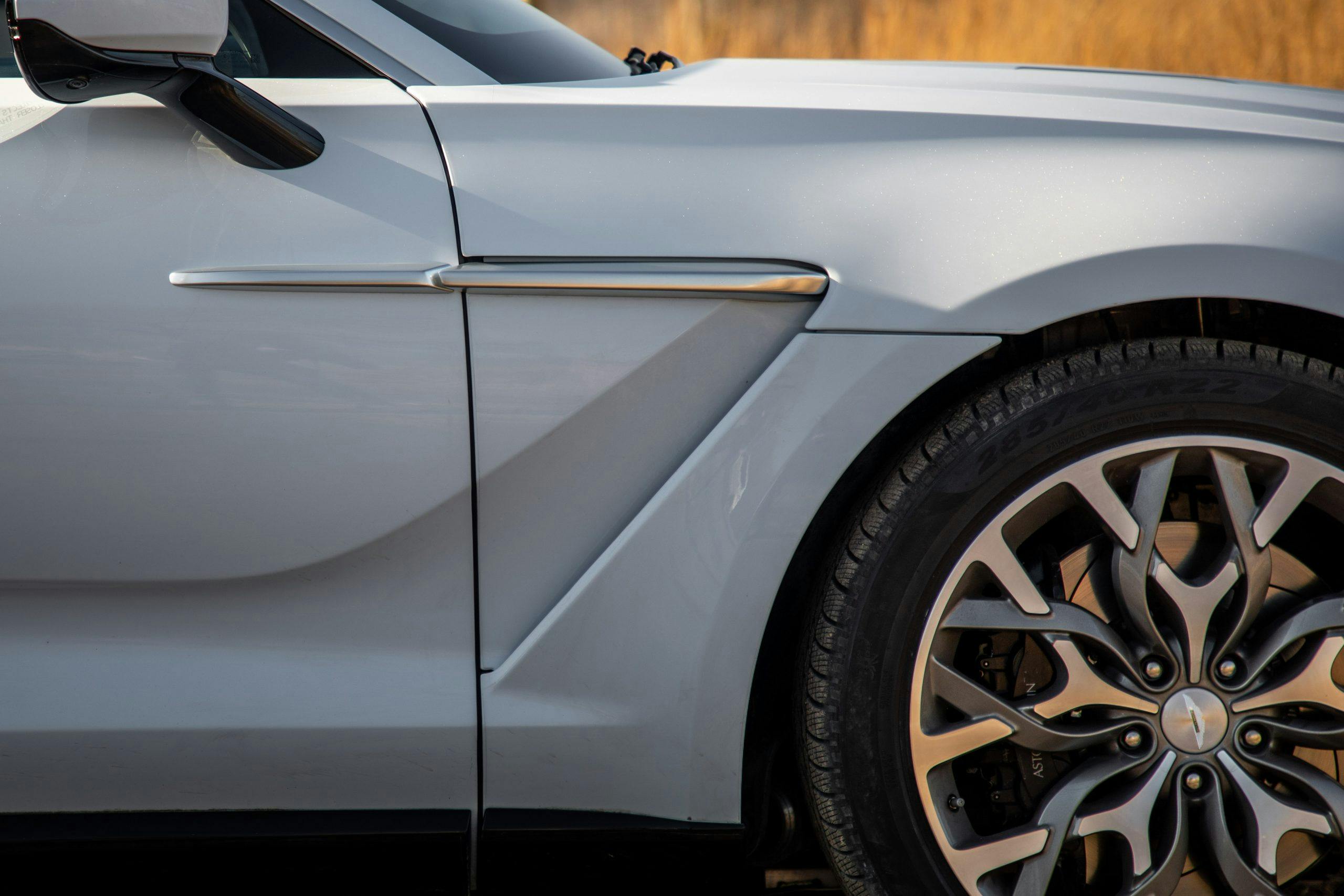

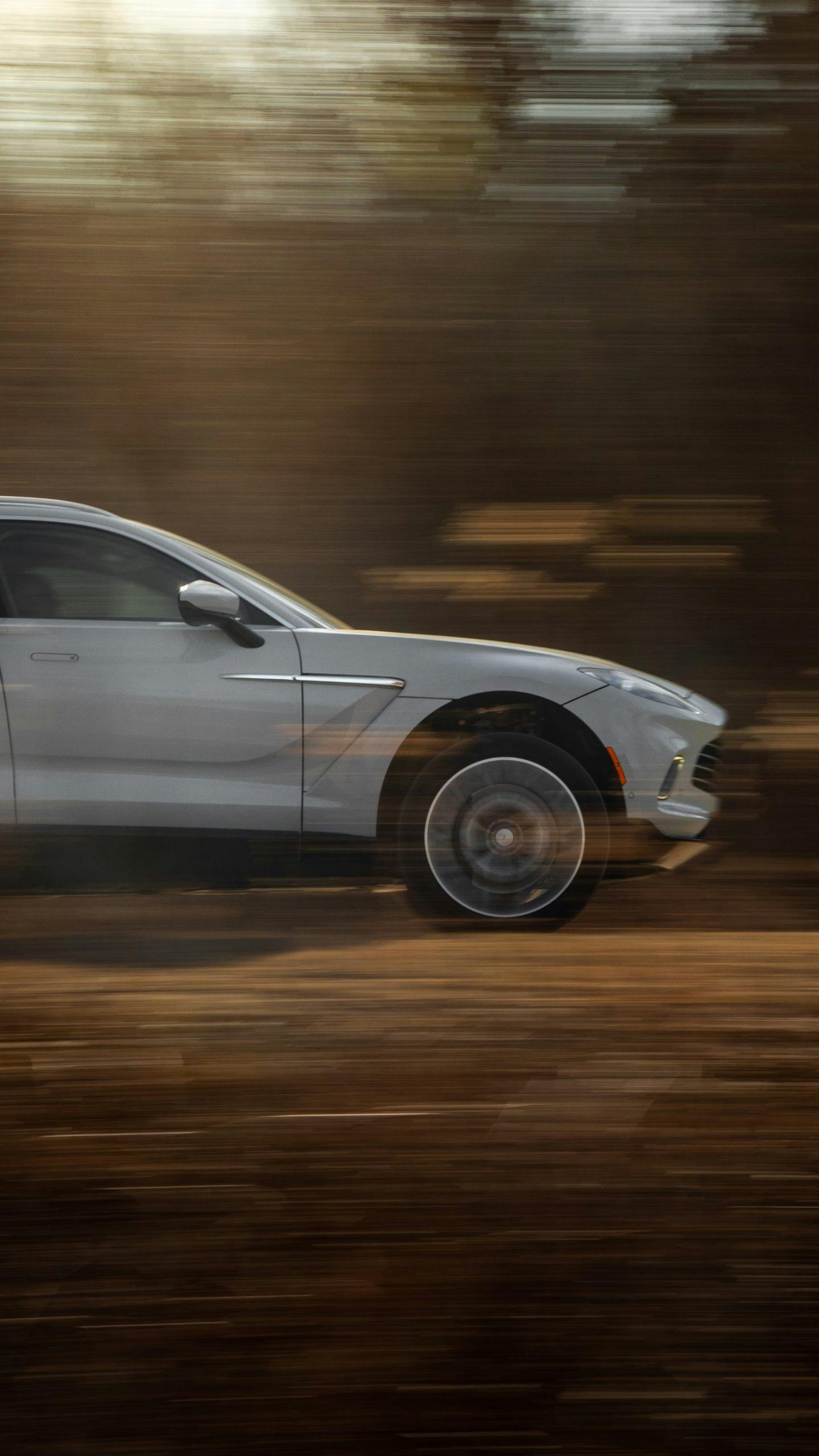
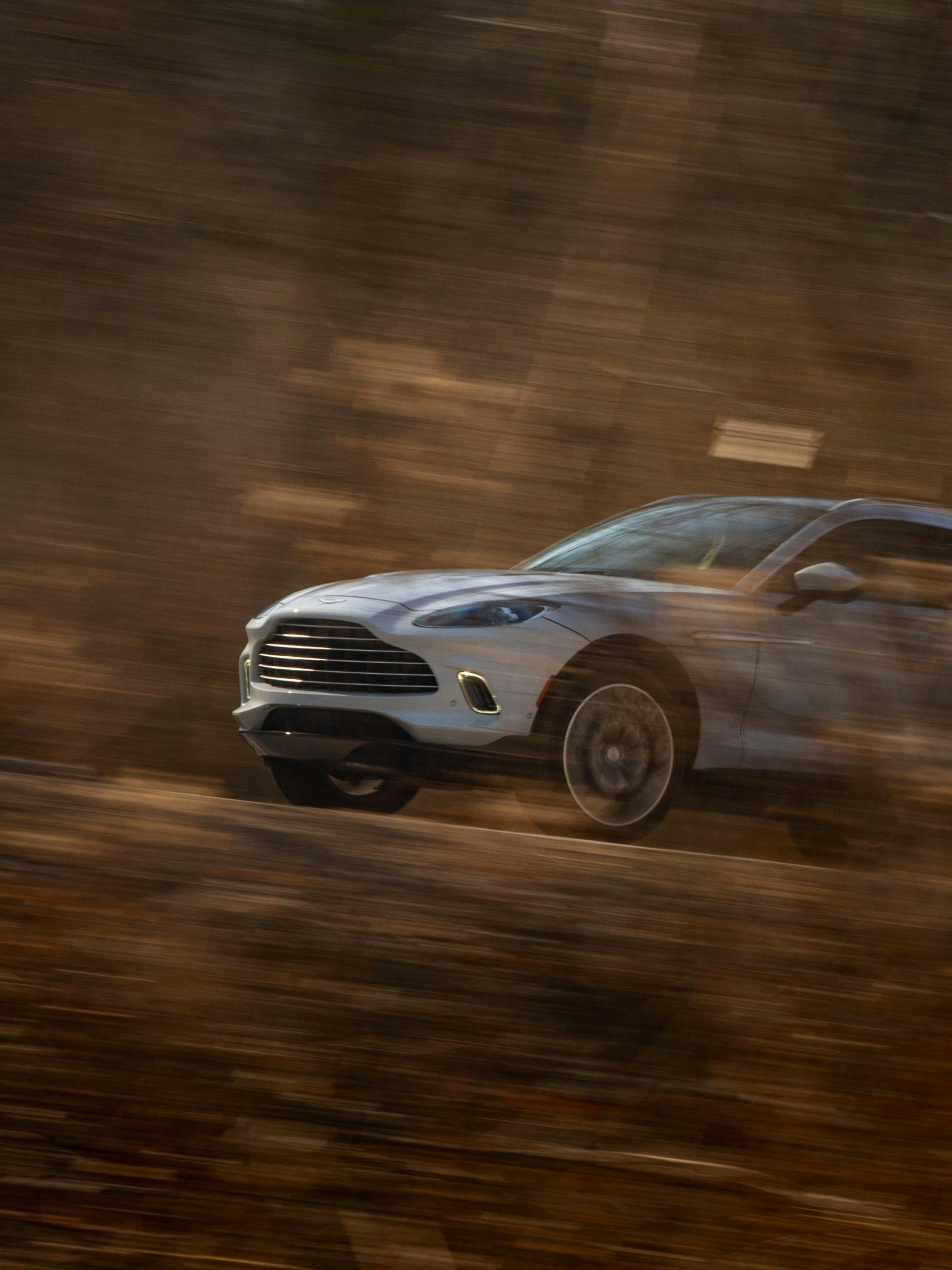
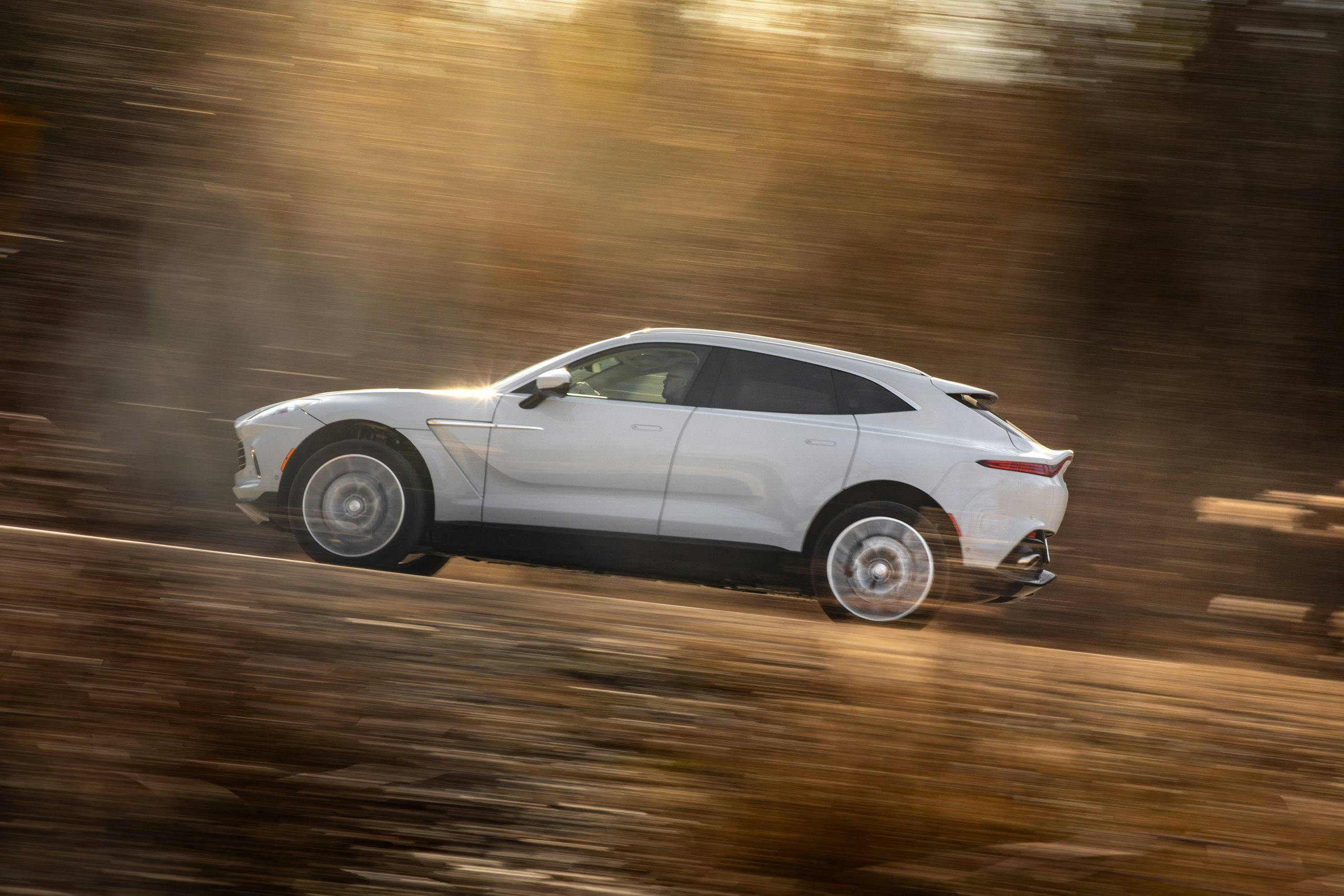
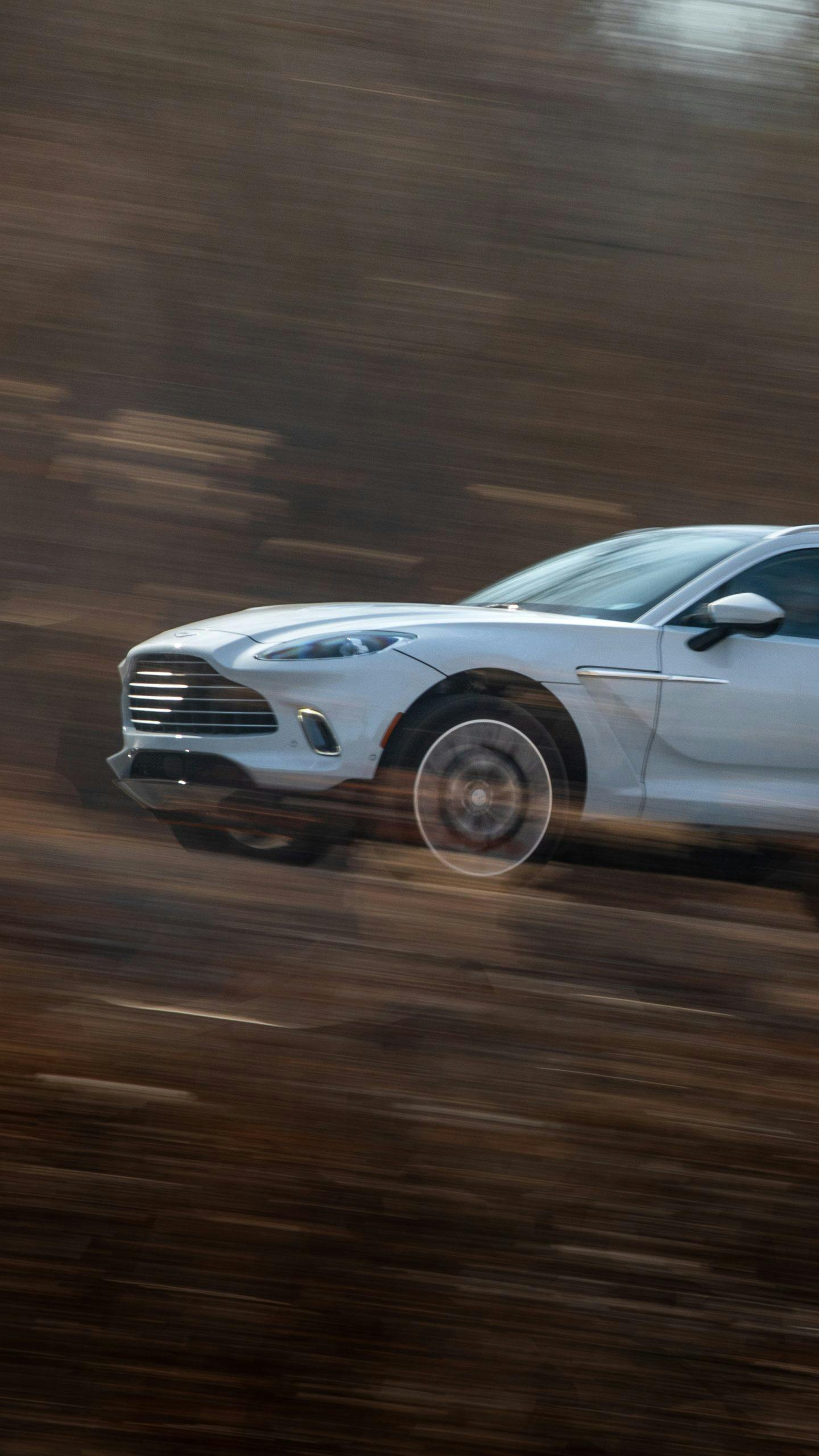
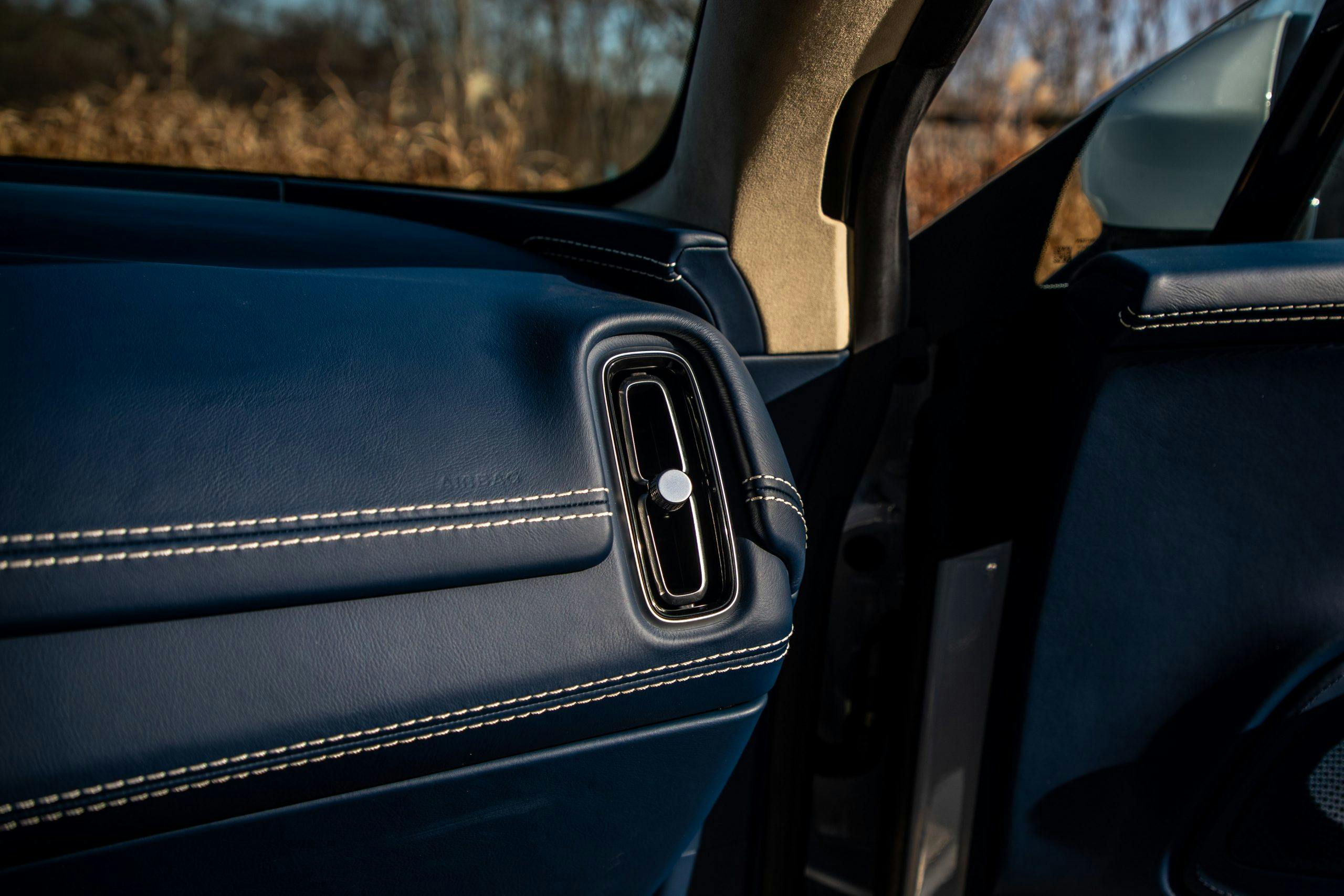

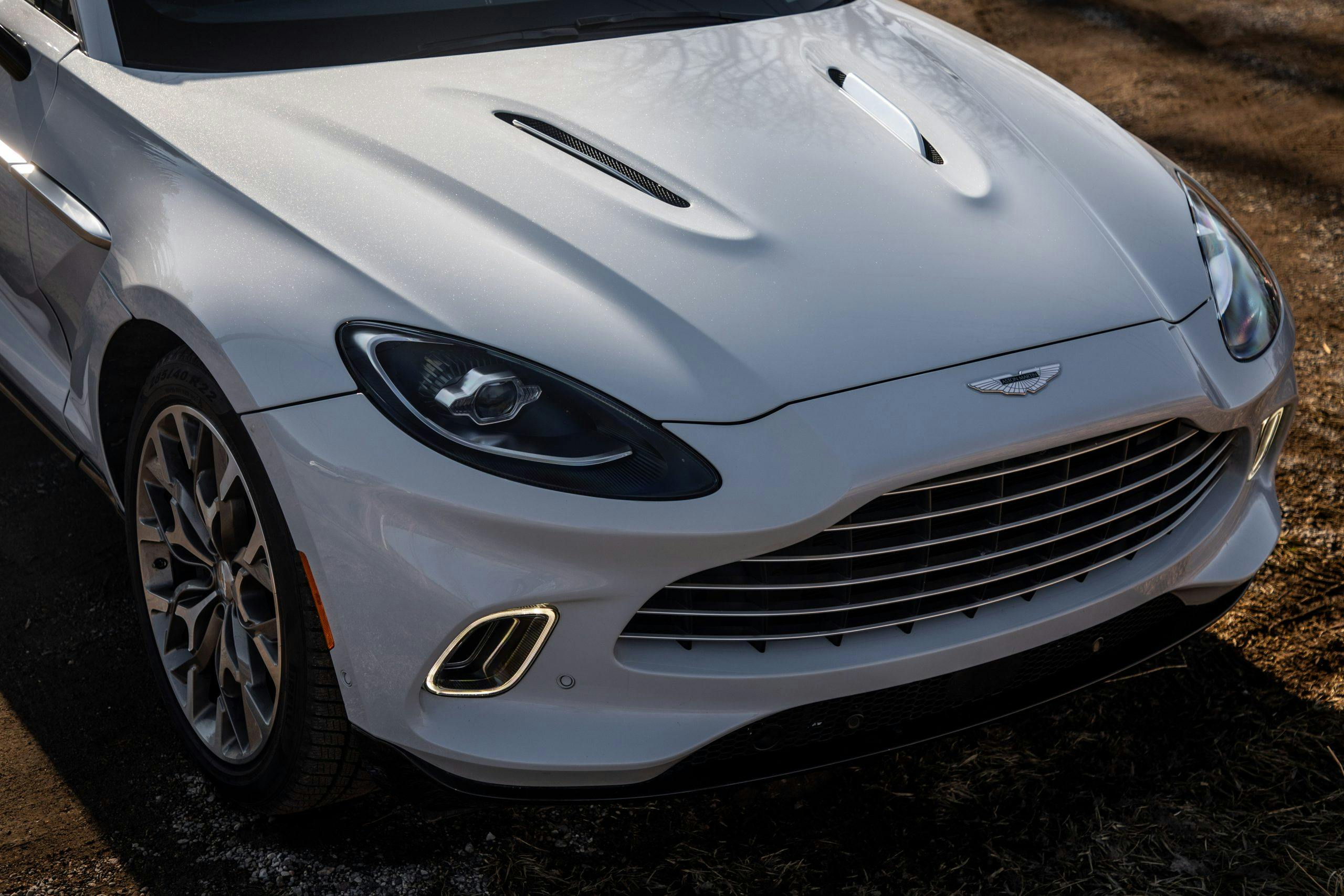
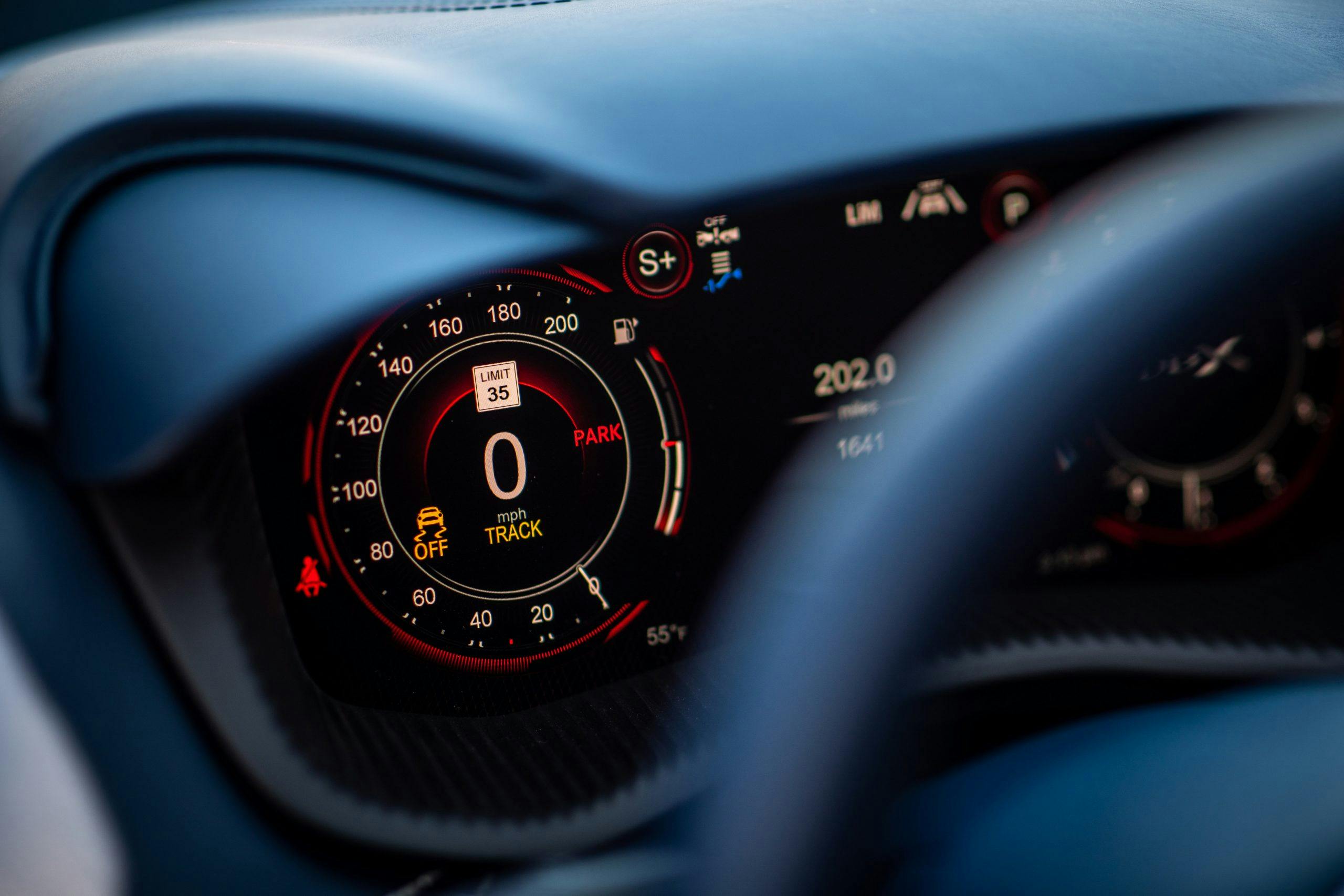
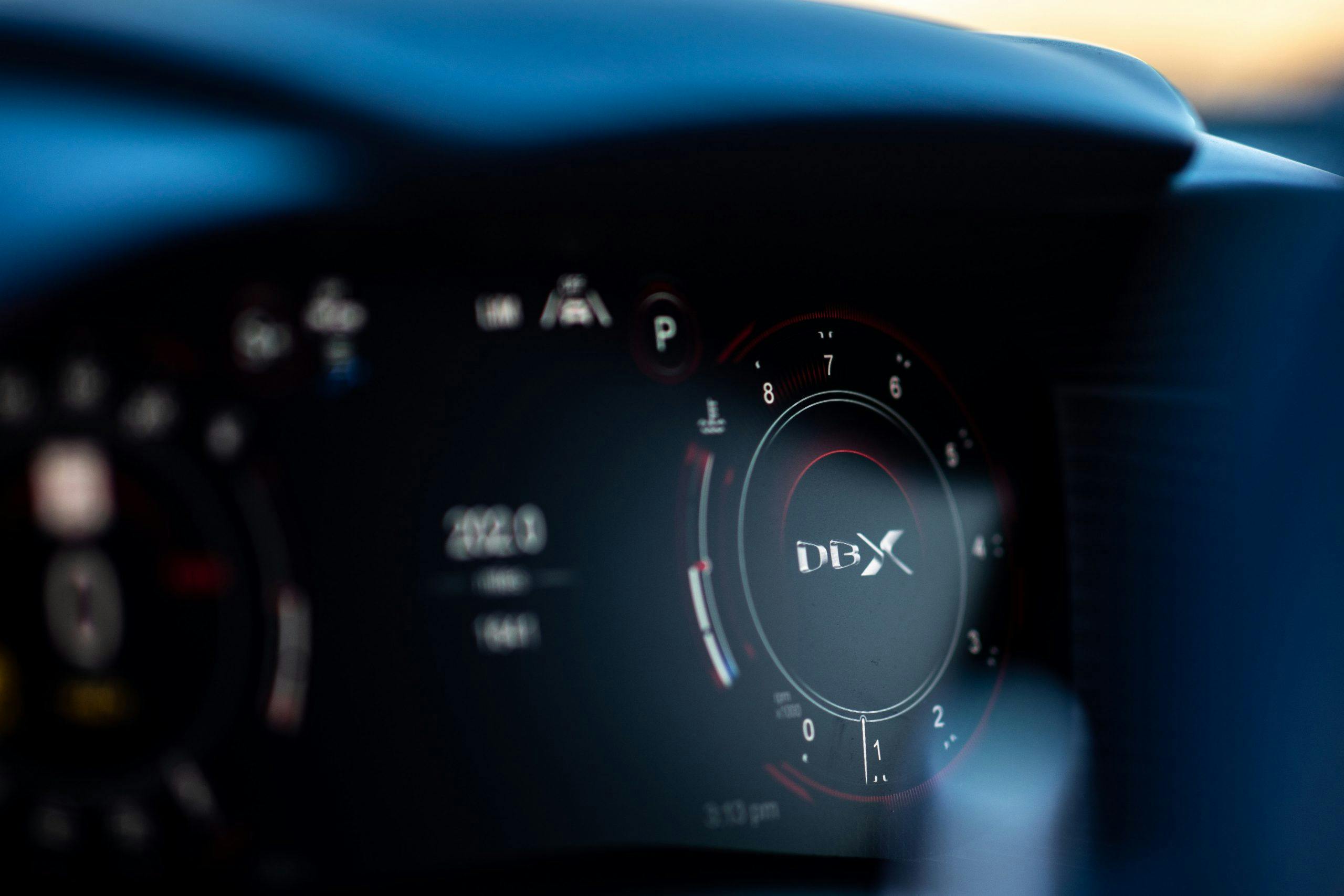
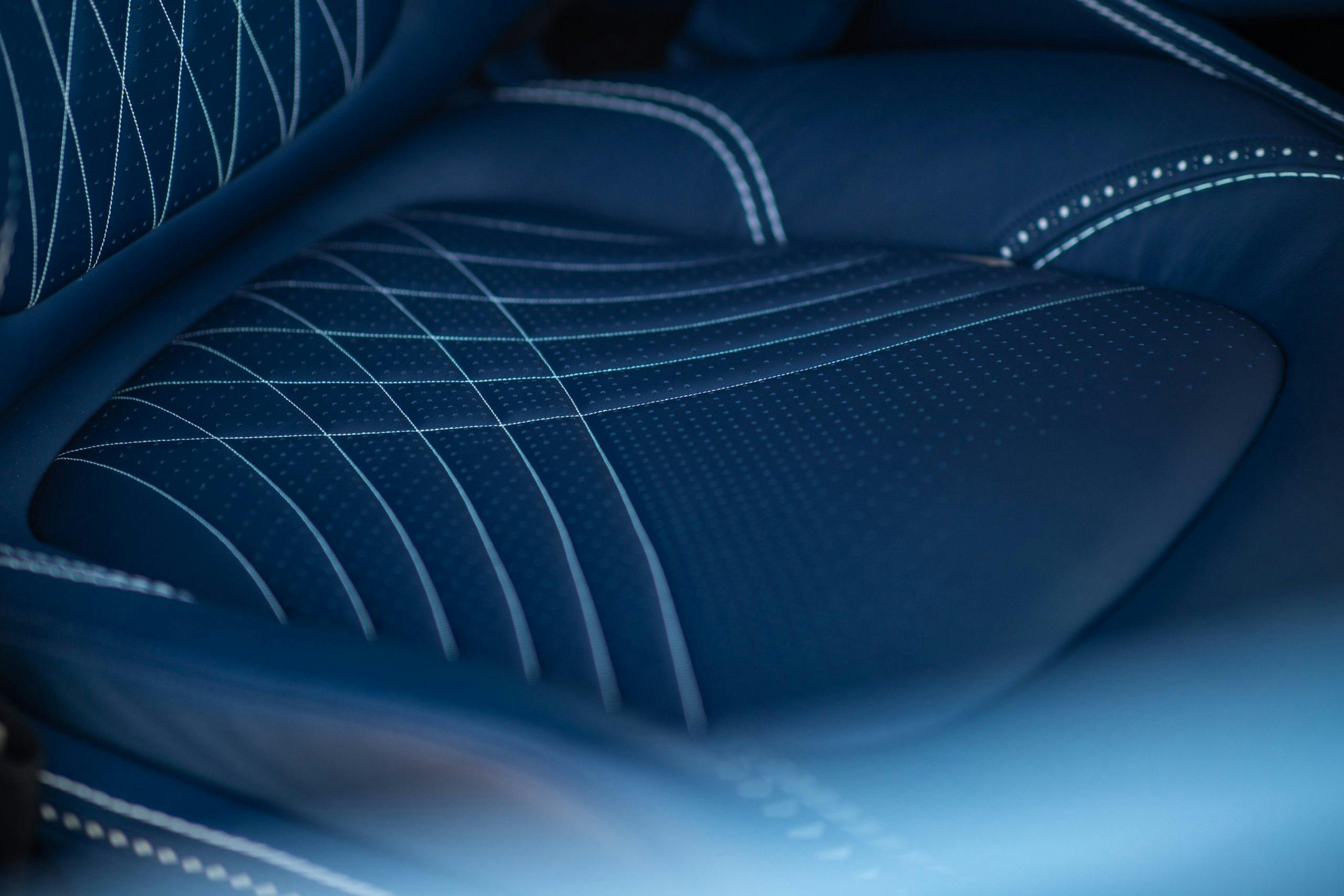
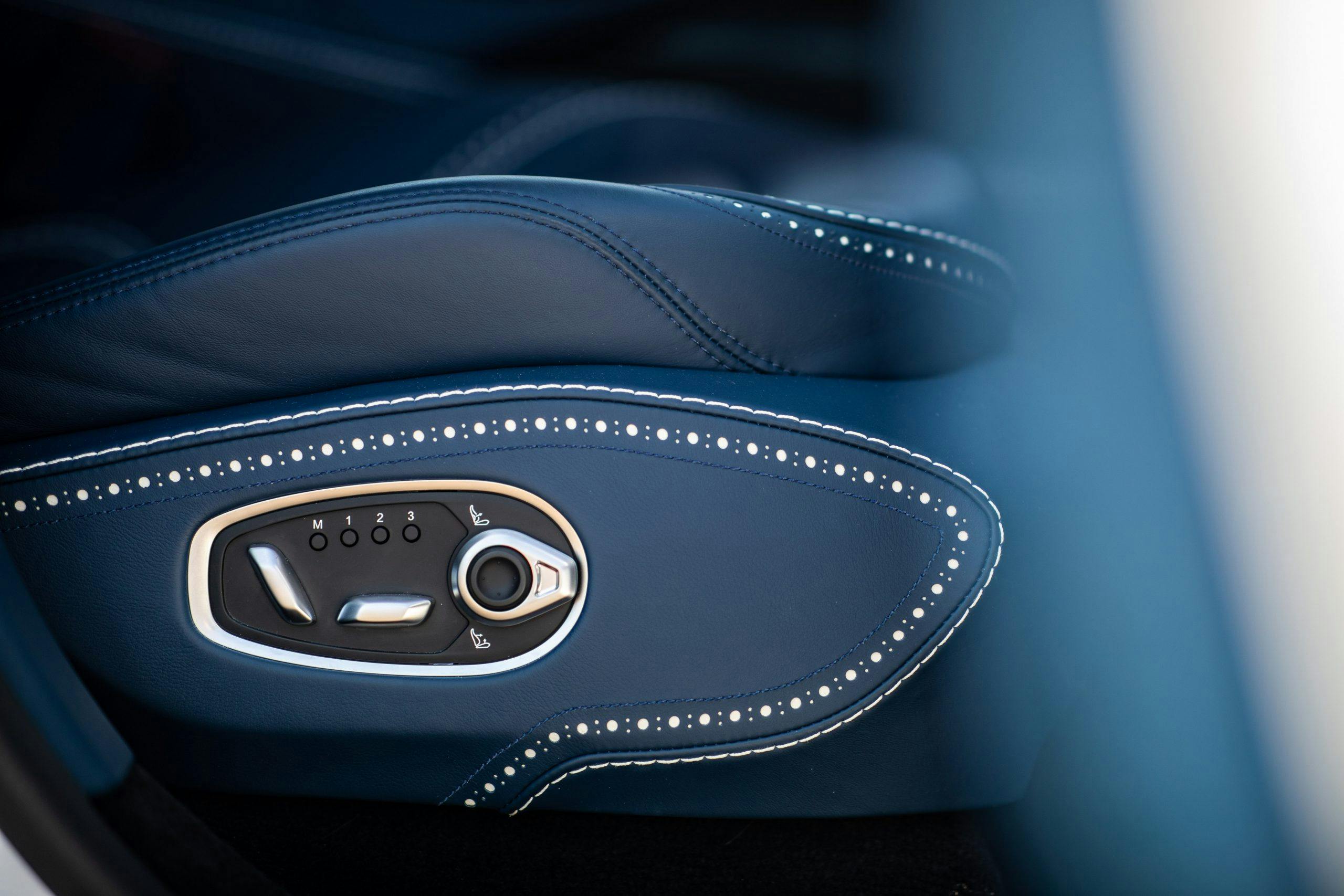

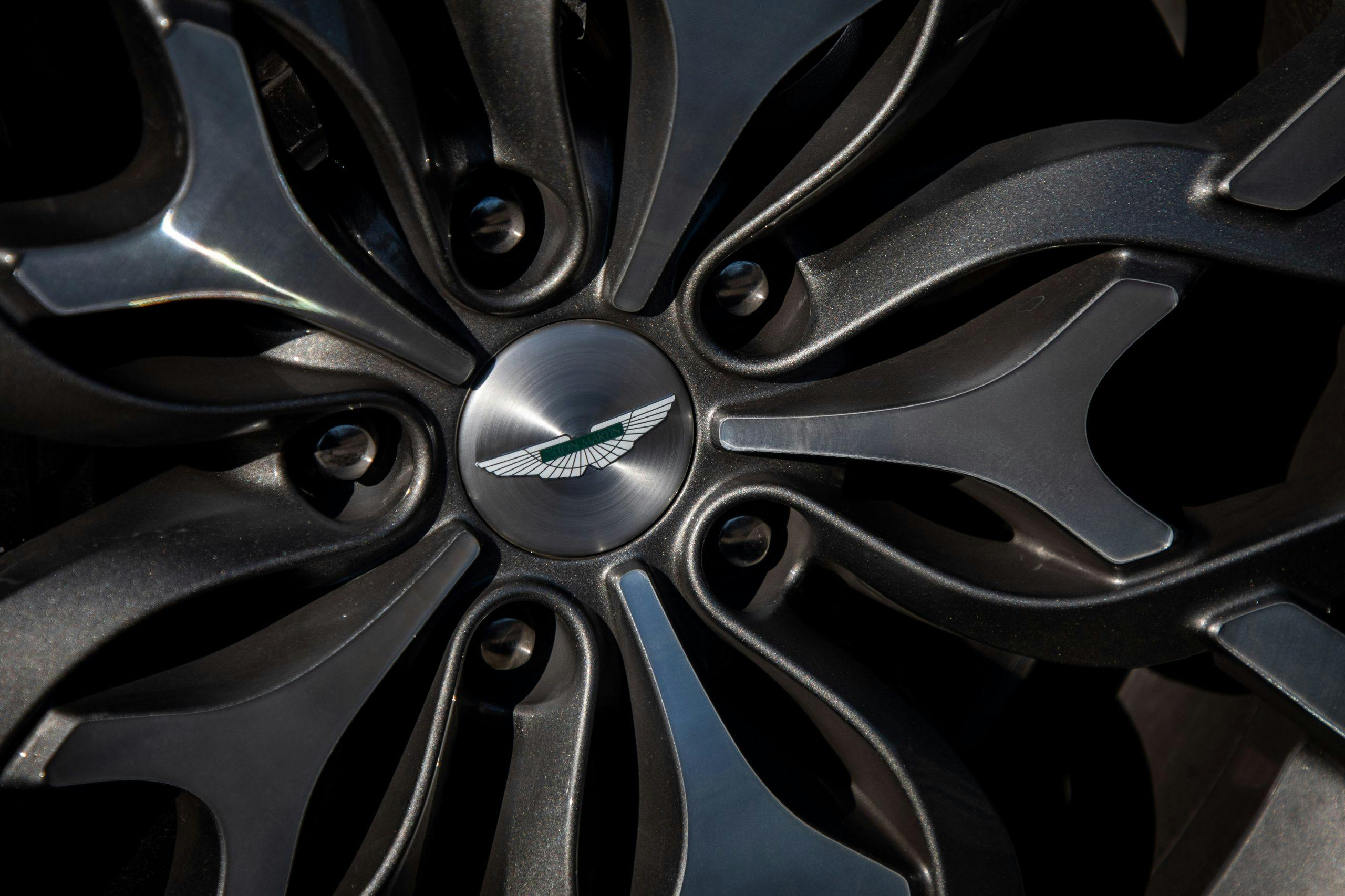
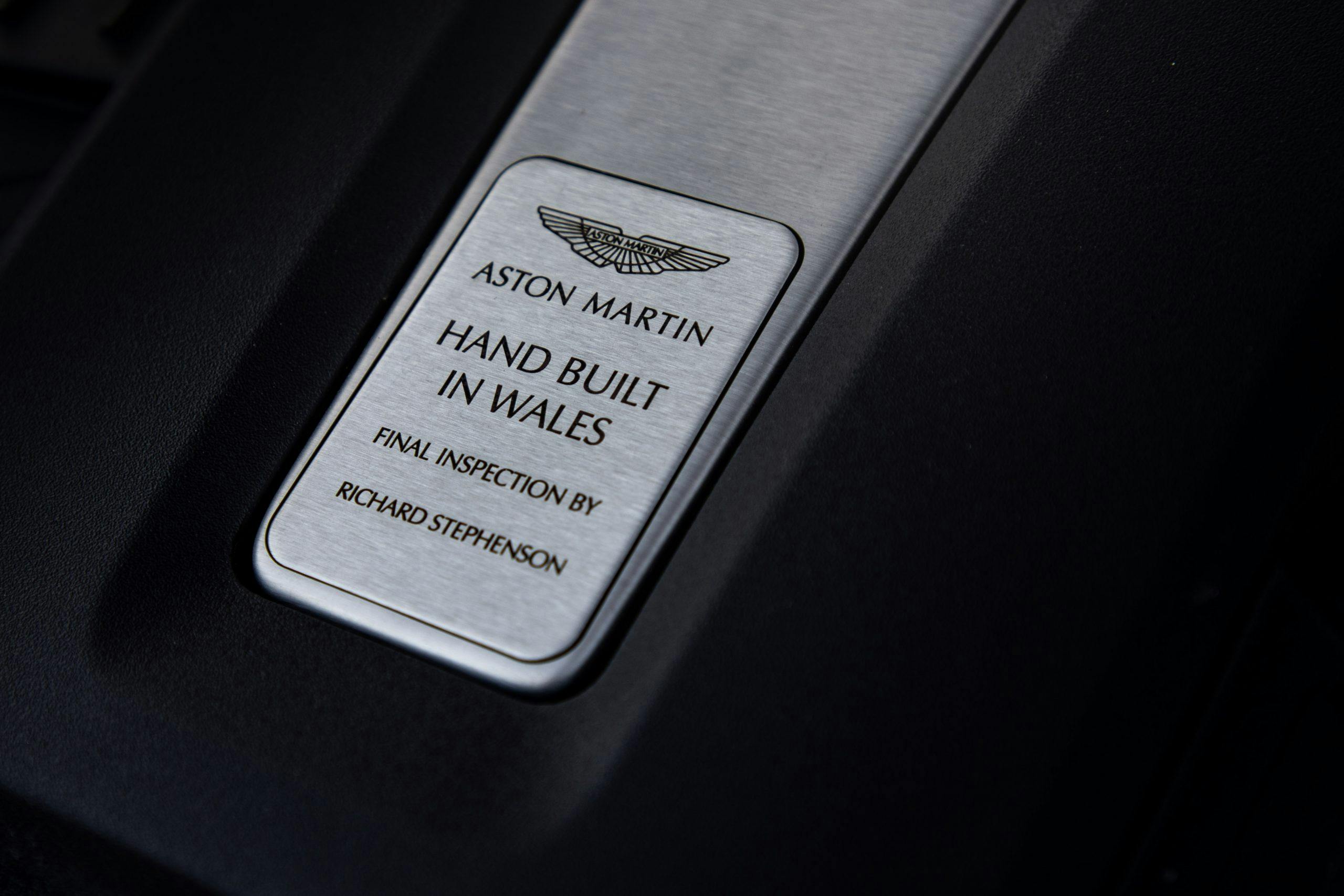
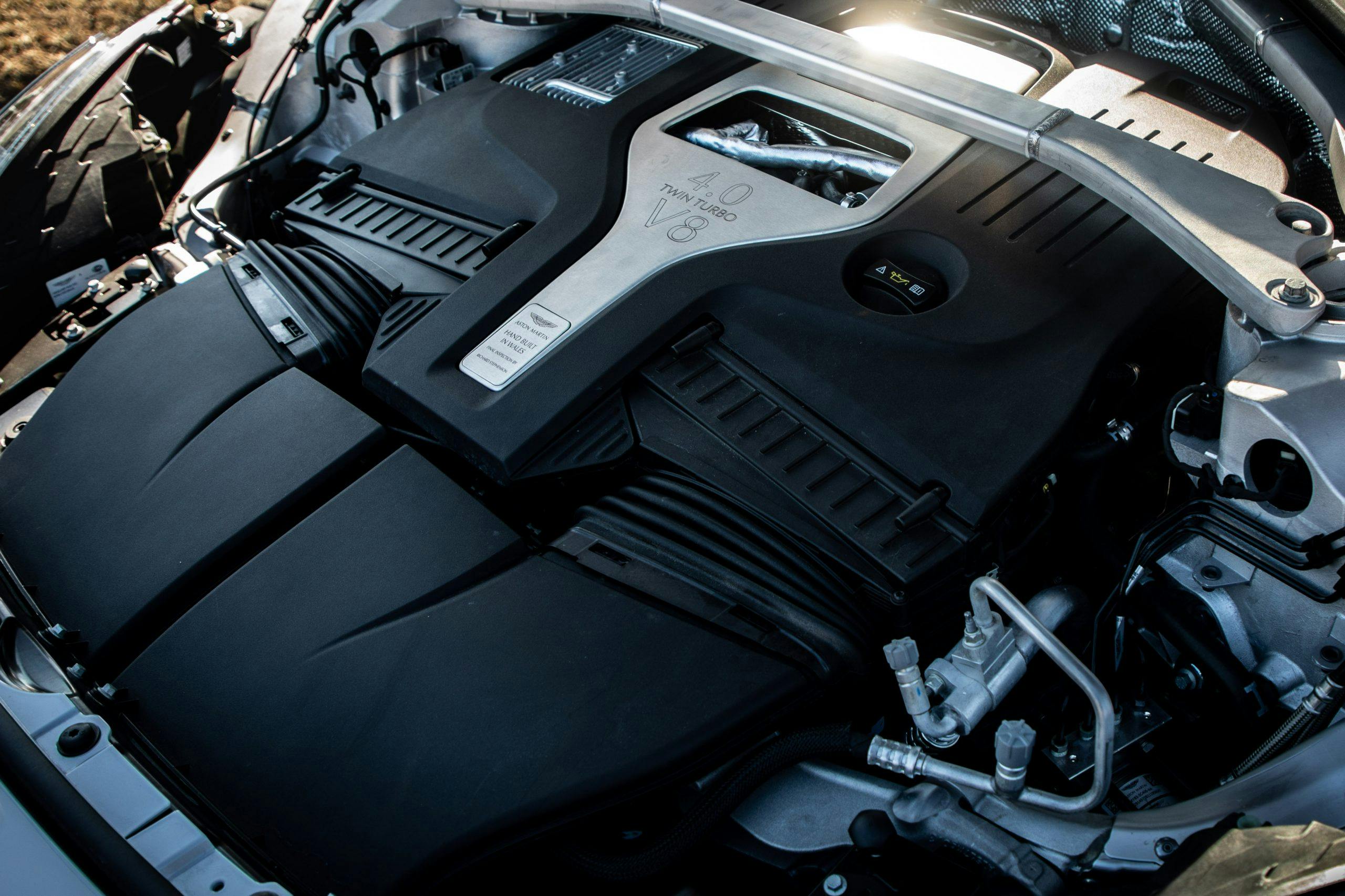
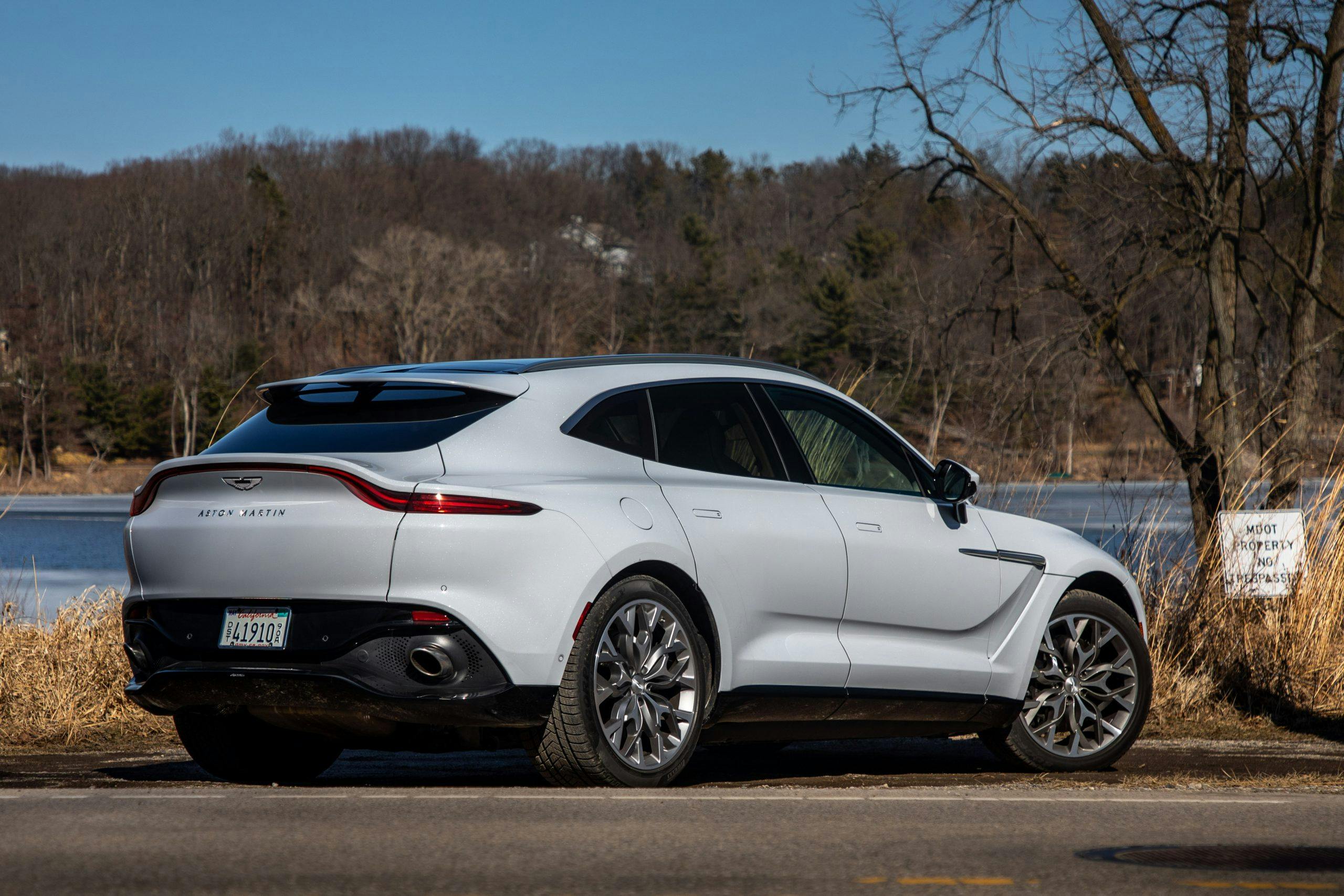
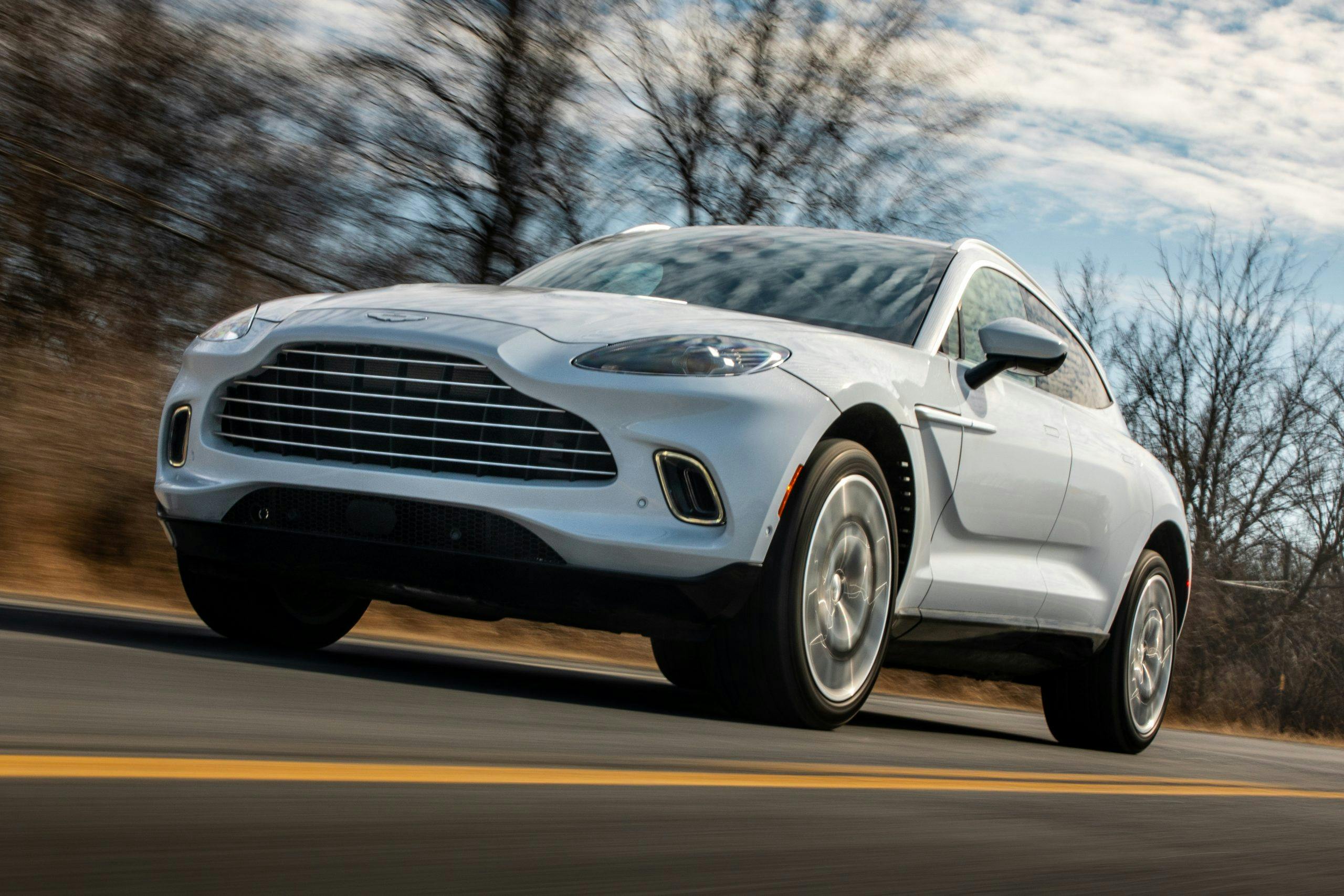
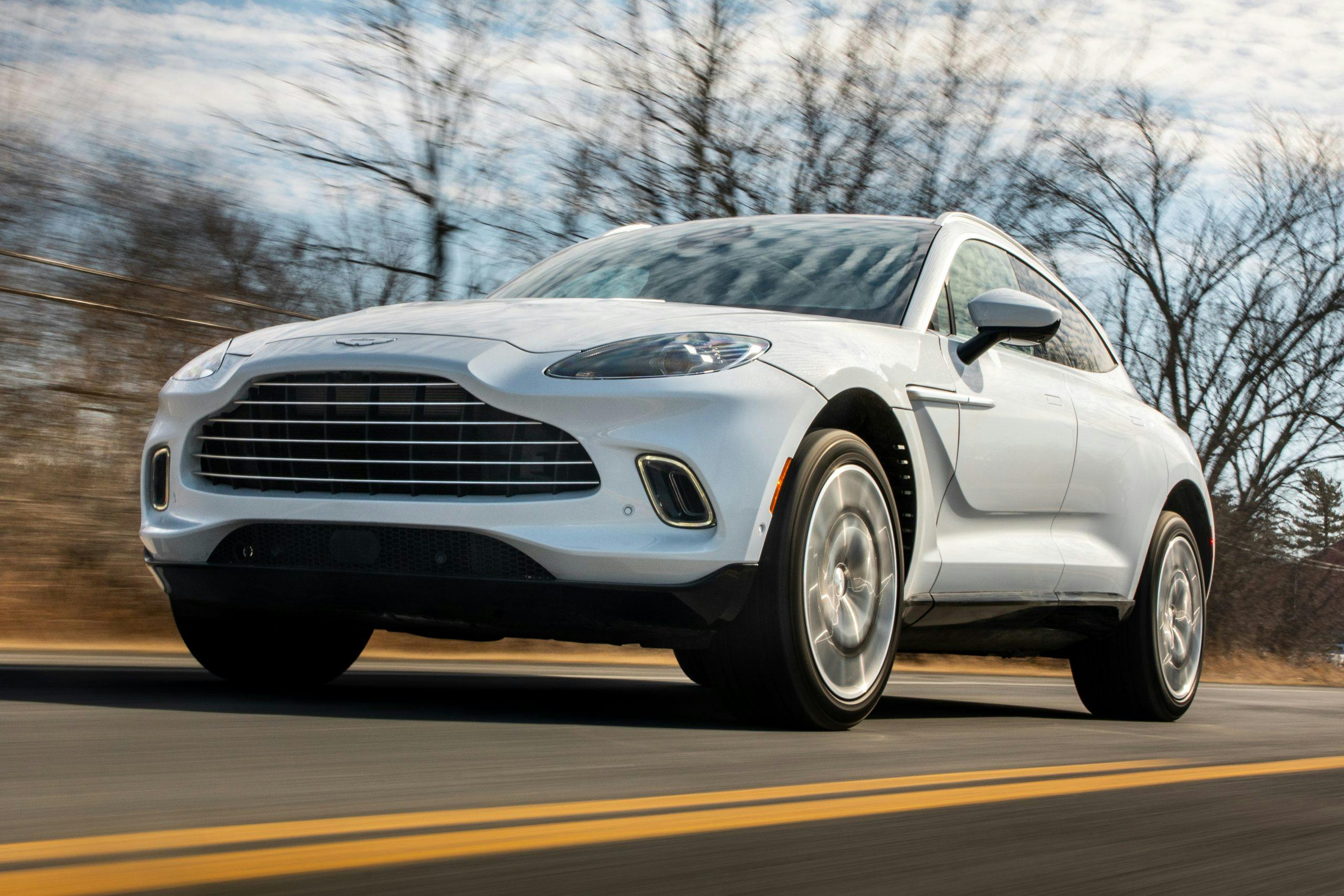




Serious, if you don’t actually want to, unbiasedly, do a f***king review then just don’t do it.
So many words to say so very little of actual use.